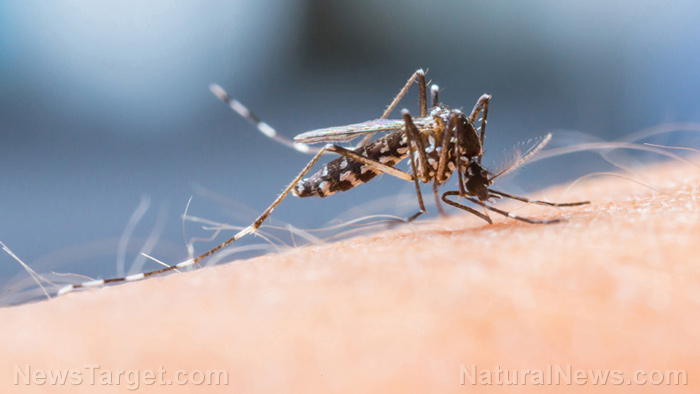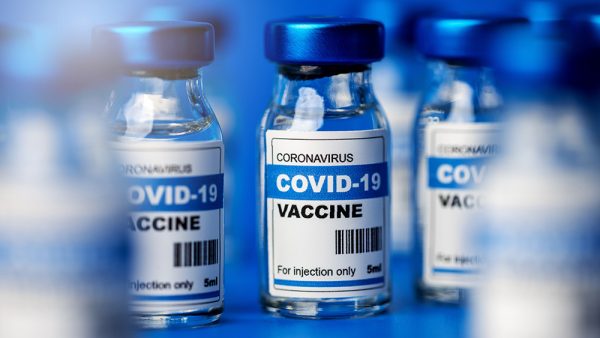 Parler
Parler Gab
Gab
What is retinoblastoma?
Retinoblastoma is a type of eye cancer that can affect either one or both eyes. According to the American Cancer Association (ACS), the disease starts when cells begin to grow out of control due to a genetic mutation. Your eyes start to develop before birth. During the early stages of development, the eyes have retinoblasts, which are cells that multiply to make new cells that fill the retina. At a certain point, these cells stop multiplying and turn into mature retinal cells. This process often goes on without a hitch, but something goes wrong with this process in some people. Instead of maturing, some retinoblasts continue to grow out of control, forming a cancer known as retinoblastoma. The chain of events inside cells that causes retinoblastoma is complex, but it usually starts with a change or mutation in the RB1 gene. The normal RB1 gene helps keep cells from growing out of control, but a change in the gene makes it stop working properly. Depending on when and where the change in the RB1 gene occurs, it can result in two different types of retinoblastoma: congenital (heritable) retinoblastoma or sporadic (non-heritable) retinoblastoma. The former often affects both eyes while the latter usually only develops in one eye. Retinoblastoma is more common in children under three years old. Symptoms of retinoblastoma include a white or pink pupil, lazy eye or early signs of vision problems. If you have retinoblastoma, a doctor may recommend radiation therapy or laser therapy to kill cancer cells, along with chemotherapy in certain cases. Retinoblastoma can leave children with lifelong vision problems and blindness. This type of eye cancer also increases their risk of suffering a second cancer later in life.Cancer risk and pesticide exposure
Since 1990, California has required that all pesticide uses in agriculture are reported centrally. For the study, researchers analyzed data from California's cancer registry. They extracted all cases of retinoblastomas in children under five diagnosed from 1998, about a decade after the registry began, until 2013. Next, the research team collected the addresses of these cases and those of 120,000 healthy children born in the state over the same period. The latter was collected randomly. The researchers then collected Pesticide Use Reports on which pesticides were used around the children's homes in the months before they were born. Findings revealed that children with the cancers were more likely to have been exposed to four specific pesticides compared to healthy children:- Children exposed to bromacil, which is often used on citrus plants and to clear weeds, were 87 percent more likely to develop unilateral retinoblastoma, which only affects one eye.
- Acephate, another pesticide used for citrus trees, increased retinoblastoma risk by as much as 70 percent.
- Children exposed to kresoxim-methyl, a pesticide used on apples to control a fungus, were at least 60 percent more likely to have all types of retinoblastomas.
- Lastly, children exposed to pymetrozine, which is used to kill aphids and whitefly on field crops, were 45 percent more likely to develop retinoblastoma.
More related stories:
Pregnant women are being exposed to more dangerous industrial chemicals, warn researchers. Government data: European fruits contaminated with hazardous pesticides increased dramatically over a 9-year period. Study links Monsanto’s Roundup to celiac and other autoimmune diseases; US government insists it's safe. Sources include: DailyMail.co.uk Cancer.org Brighteon.comGMO mosquitoes now secretly VACCINATING people without their consent
By Ethan Huff // Share
Covid patients FORCED to take deadly remdesivir, lawsuit alleges
By Ethan Huff // Share
Which kills more people: opioids, guns or Covid vaccines?
By S.D. Wells // Share
JAB REGRET: Doctor who once promoted covid vaccines calls for immediate end to their use
By Ethan Huff // Share
Governments continue to obscure COVID-19 vaccine data amid rising concerns over excess deaths
By patricklewis // Share
Tech giant Microsoft backs EXTINCTION with its support of carbon capture programs
By ramontomeydw // Share
Germany to resume arms exports to Israel despite repeated ceasefire violations
By isabelle // Share










